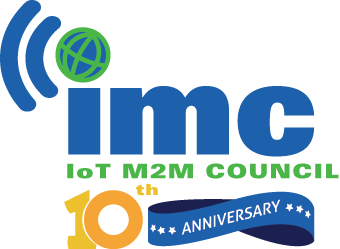Resonance tuning breakthrough for IoT energy harvesting
- March 8, 2023
- Steve Rogerson

Researchers at the Korea Institute of Science & Technology (KIST) have developed an energy-harvesting mechanism for powering IoT sensors and other small electronic devices.
The key breakthrough is an autonomous resonance tuning mechanism that adjusts itself to the environment so it can provide a more stable power supply.
IoT devices need independent power sources that are not restricted by batteries or power lines. Energy-harvesting technology harvests wasted energy such as vibration, heat, light and electromagnetic waves from everyday settings, such as automobiles, buildings and home appliances, and converts it into electrical energy. Energy harvesters can generate sufficient electricity to run small electronic devices by harvesting ambient energy sources without an external power supply.
Hyun-Cheol Song’s research team at KIST’s Electronic Materials Research Center developed an autonomous resonance tuning (ART) piezoelectric energy harvester that autonomously adjusts its resonance according to the surrounding environment. The developed energy harvester can tune its own resonance over a bandwidth of more than 30Hz, and convert the absorbed vibration energy into electrical energy.
The energy-harvesting process that converts vibration into electrical energy inevitably causes a mechanical energy loss, which leads to low energy conversion efficiency. This problem can be solved by using the resonance phenomenon in which the vibration amplifies when the natural frequency of an object and the frequency of the vibration match.
However, while the natural frequency of the energy harvester is fixed, the various vibrations experienced in everyday settings have different ranges of frequency. For this reason, the natural frequency of the harvester must be adjusted to the usage environment every time to induce resonance, making it difficult to put into practical use.
Accordingly, the research team developed an energy harvester that can tune itself to the surrounding frequency without a separate electrical device. When the energy harvester senses the vibration of the surroundings, an adaptive clamping or tuning system attached to the harvester modulates its frequency to the same frequency as the external vibration, thus enabling resonance. As a result, it was possible to achieve resonant frequency tuning within two seconds, continuously generating electricity in a bandwidth of more than 30Hz.
For the real-world validation of the ART function, this energy harvester equipped with a tuning system was mounted on a vehicle. Unlike piezoelectric energy harvesters that have been introduced in preceding studies, it successfully drove a wireless positioning device without a battery in an environment where the vibration frequency continuously changed.
“This result suggests that energy harvesters using vibrations can be applied to our real life soon,” said Song. “It is expected to be applicable as an independent power source for wireless sensors, including the IoT, in the future.”
The research was carried out as a KIST major project supported by the Ministry of Science & ICT, and as an energy technology development project of the Korea Institute of Energy Technology Evaluation & Planning, supported by the Ministry of Trade, Industry & Energy. The results of this study were published in Advanced Science.





